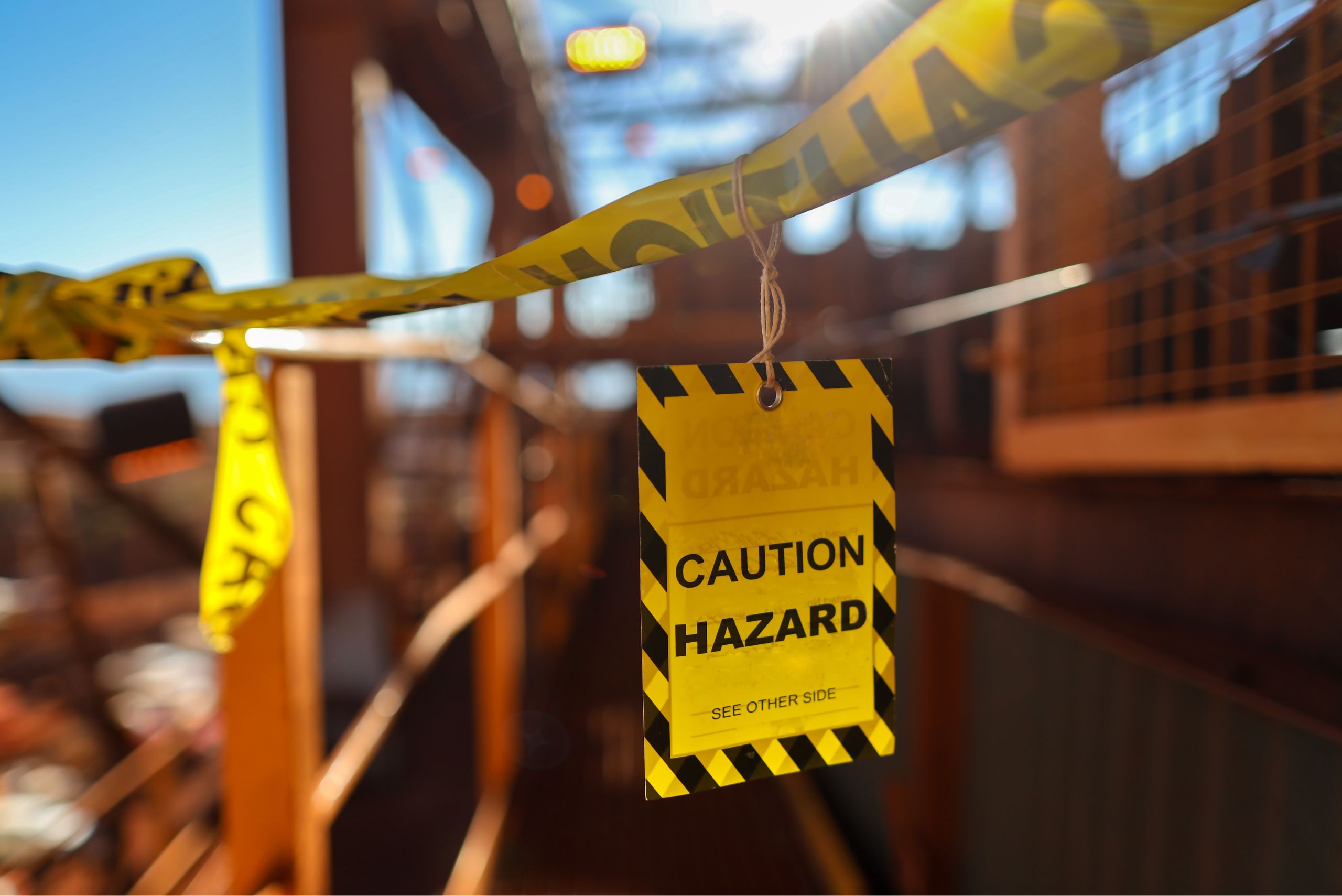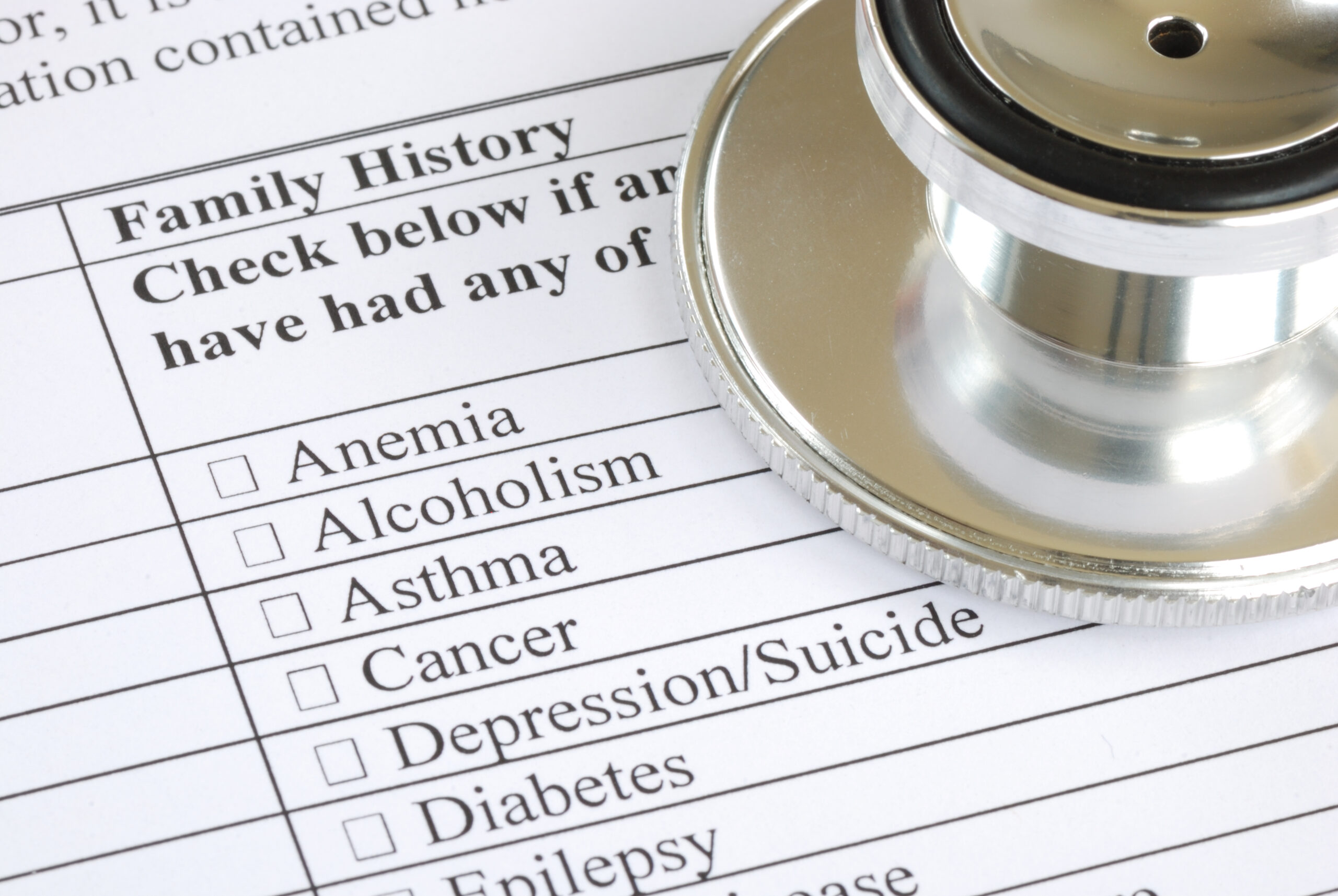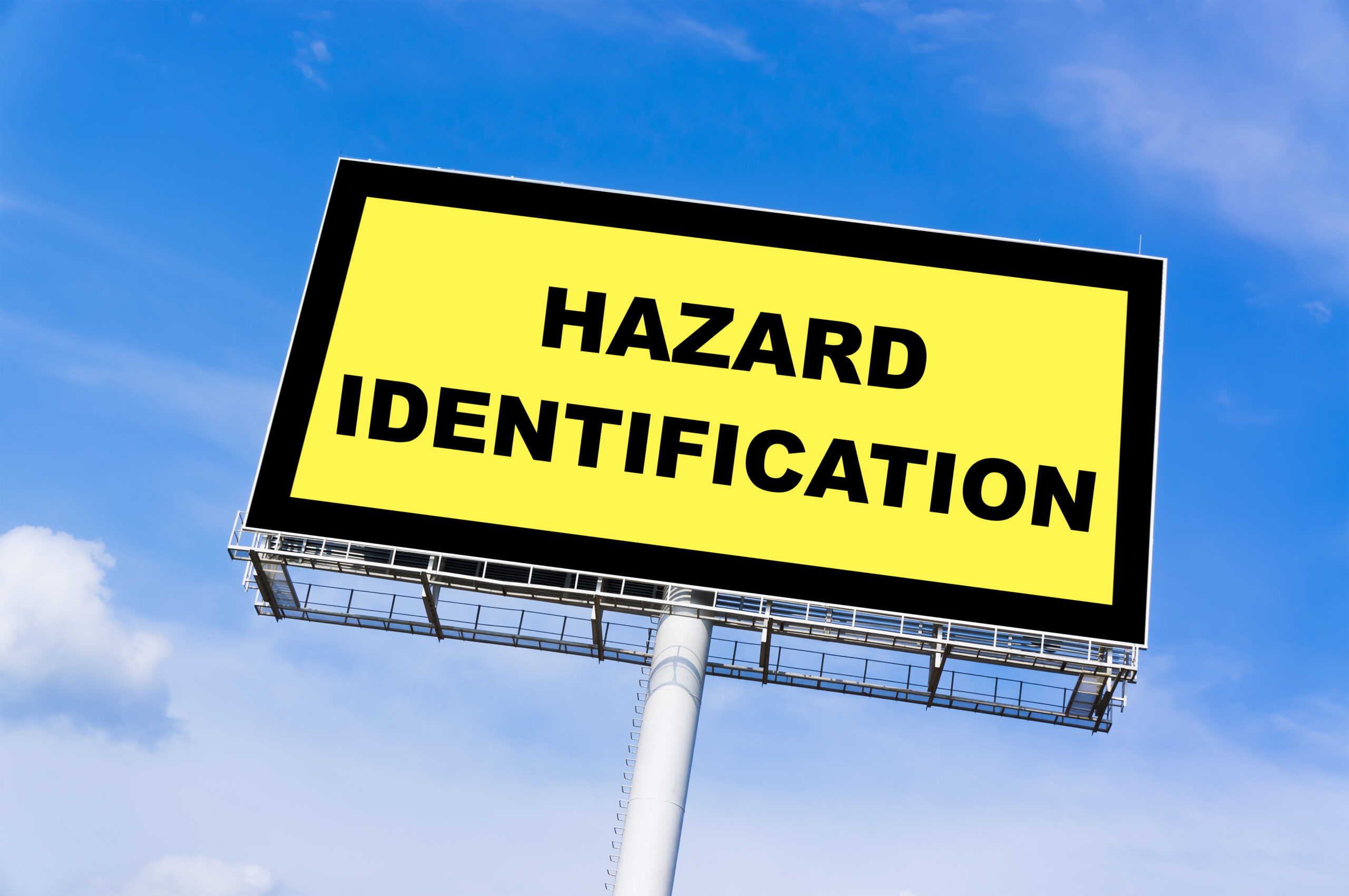Health risk assessments are an important tool used in healthcare to identify potential health risks and develop effective prevention strategies. By evaluating an individual’s lifestyle factors and health risks, healthcare professionals can develop personalized plans to promote healthy living and prevent disease. There are many types of health risk assessments available, each with its unique set of questions and evaluation criteria.
One example of a health risk assessment is the Wellsource HRA, which is designed to evaluate an individual’s lifestyle factors, such as diet, exercise, and stress levels, as well as their health risks, such as high blood pressure or high cholesterol. The results of the assessment are used to develop a personalized plan to promote healthy living and prevent disease. Another example is the occupational risk assessment, which is used to evaluate potential health risks in the workplace and develop strategies to mitigate those risks. This type of assessment is particularly important in industries such as construction or manufacturing, where workers may be exposed to hazardous materials or dangerous working conditions.
Overall, health risk assessments are an essential tool in promoting healthy living and preventing disease. By identifying potential health risks and developing personalized prevention strategies, healthcare professionals can help individuals live longer, healthier lives.
Understanding Health Risk Assessment
The Concept of Health Risk Assessment
Health Risk Assessment (HRA) is a systematic approach to identify and evaluate the potential health risks faced by an individual or a population. It is a tool used to identify the likelihood of developing a particular disease or condition and to determine the appropriate preventive measures. HRA takes into account various factors such as age, gender, lifestyle, medical history, and family history to assess the overall health risk.
A health risk assessment can be conducted through various methods such as questionnaires, physical examinations, laboratory tests, and medical imaging. The results of the assessment can help healthcare providers to develop a personalized plan of care for the patient. The goal of HRA is to identify the potential health risks and take preventive measures to reduce the risk of developing chronic diseases.
Importance of Health Risk Assessment
Health Risk Assessment is an important tool for healthcare providers to identify the potential health risks faced by their patients. It helps to identify the risk factors that can lead to chronic diseases such as heart disease, stroke, diabetes, and cancer. By identifying these risk factors, healthcare providers can develop a personalized plan of care for their patients to reduce the risk of developing these diseases.
HRA also helps to improve the overall health of the population by identifying the risk factors that are prevalent in a particular community. This information can be used to develop public health programs and policies to address the health needs of the community.
In conclusion, Health Risk Assessment is an important tool for healthcare providers to identify the potential health risks faced by their patients. By identifying the risk factors and taking preventive measures, healthcare providers can improve the overall health of their patients and the community.
Stages in Health Risk Assessment
Health risk assessment is a process that involves several stages. These stages help in identifying potential health hazards, assessing the dose-response relationship, and characterizing the risk. The three main stages in health risk assessment are hazard identification, dose-response assessment, and risk characterization.
Hazard Identification
Hazard identification is the first stage in health risk assessment. This stage involves identifying potential health hazards associated with exposure to a specific agent. The agent could be a chemical, physical, or biological agent. The identification of hazards is based on available scientific data.
The hazard identification stage involves the following steps:
- Identifying the agent of concern
- Reviewing available scientific data on the agent
- Identifying the potential health effects associated with exposure to the agent
- Identifying the population at risk
Dose-Response Assessment
Dose-response assessment is the second stage in health risk assessment. This stage involves assessing the relationship between the dose of the agent and the likelihood and severity of the adverse health effects.
The dose-response assessment stage involves the following steps:
- Deriving a dose-response relationship based on available scientific data
- Determining the exposure level associated with the adverse health effects
- Examining the variability in the response among the exposed population
- Estimating the uncertainty associated with the dose-response relationship
Risk Characterization
Risk characterization is the final stage in health risk assessment. This stage involves integrating the information obtained from the hazard identification and dose-response assessment stages to estimate the risk associated with exposure to the agent.
The risk characterization stage involves the following steps:
- Integrating the hazard identification and dose-response assessment information
- Estimating the risk associated with exposure to the agent
- Identifying the uncertainties associated with the risk estimate
- Communicating the risk estimate to the relevant stakeholders.
In conclusion, health risk assessment is a process that involves several stages. The hazard identification stage involves identifying potential health hazards associated with exposure to a specific agent. The dose-response assessment stage involves assessing the relationship between the dose of the agent and the likelihood and severity of the adverse health effects. The risk characterization stage involves integrating the information obtained from the hazard identification and dose-response assessment stages to estimate the risk associated with exposure to the agent.
Health Risks and Factors
Health risks are factors or conditions that increase the likelihood of developing a disease or illness. Some health risks are beyond our control, such as age and genetics, while others are modifiable, such as diet and physical activity.
Several factors contribute to health risks, including stress, exposure to carcinogens and radiation, poor nutrition, lack of sleep, mental health, physical inactivity, tobacco use, obesity, and environmental hazards.
Stress is a common factor that can increase the risk of developing various diseases such as cancer, heart disease, and mental health problems. Exposure to carcinogens and radiation can also increase the risk of cancer. Eating a balanced and healthy diet can reduce the risk of chronic diseases such as obesity, diabetes, and heart disease.
Lack of sleep can contribute to various health problems such as depression, anxiety, and increased risk of chronic diseases. Mental health problems such as depression and anxiety can also increase the risk of developing chronic diseases.
Physical inactivity and obesity are significant risk factors for many chronic diseases such as heart disease, stroke, and type 2 diabetes. Tobacco use is also a significant risk factor for various diseases such as cancer, heart disease, and respiratory problems.
Environmental hazards such as exposure to chemicals, pollutants, and toxins can also increase the risk of developing various diseases such as asthma and cancer. It is essential to be aware of the potential environmental hazards in your surroundings and take necessary precautions to reduce exposure.
Overall, it is essential to be aware of the various factors that contribute to health risks and take necessary steps to reduce them. By making healthy lifestyle choices, such as eating a balanced diet, getting enough sleep, and engaging in regular physical activity, you can reduce your risk of developing chronic diseases and improve your overall health and well-being.
Risk Assessment in Different Life Stages
Health risk assessment is an important process that helps identify potential health hazards and evaluate the risks associated with them. It is important to conduct risk assessments at different life stages as the risks and exposures vary with age. In this section, we will discuss the risk assessment in different life stages.
Risk Assessment in Childhood

Childhood is a critical period for health risk assessment as children are more vulnerable to environmental hazards. The most suitable approach for the determination of exposure and risk at different life stages is the longitudinal birth cohort study. This study design allows for the measurement of exposures during pregnancy and early childhood and the evaluation of their effects on health outcomes later in life.
During childhood, the risk assessment should focus on the following areas:
- Exposure to environmental toxins such as lead, pesticides, and air pollutants
- Nutrition and physical activity
- Infectious diseases
- Mental health
Risk Assessment in Adulthood
In adulthood, the risk assessment should focus on the following areas:
- Occupational hazards
- Lifestyle factors such as smoking, alcohol consumption, and physical inactivity
- Chronic diseases such as cardiovascular disease, diabetes, and cancer
- Mental health
The risk assessment in adulthood should also consider the cumulative exposure to environmental toxins and other hazards over the lifespan.
Risk Assessment in Elderly
In elderly individuals, the risk assessment should focus on the following areas:
- Chronic diseases such as cardiovascular disease, diabetes, and cancer
- Cognitive impairment and dementia
- Medication use and drug interactions
- Falls and injuries
The risk assessment in elderly individuals should also consider the age-related changes in the body’s ability to handle toxins and other hazards.
In conclusion, the risk assessment should be conducted at different life stages to identify potential health hazards and evaluate the risks associated with them. The risk assessment should focus on the specific hazards and exposures that are relevant to each life stage. By conducting risk assessments at different life stages, we can identify and mitigate potential health risks and promote better health outcomes.
Control and Reduction of Health Risks
Planning and implementing control measures is a crucial part of conducting a health risk assessment. By identifying potential hazards and exposures, it is possible to develop strategies to control, eliminate, or reduce risks to human health.
Planning for Risk Reduction

The planning process for risk reduction involves identifying potential hazards and exposures and assessing the likelihood and severity of harm. This includes evaluating the potential sources of exposure, such as environmental contaminants, occupational hazards, or lifestyle factors.
Once the risks have been identified, it is necessary to prioritize them based on their severity and likelihood of harm. This helps to determine the most effective control measures to implement.
Implementing Control Measures
Implementing control measures involves developing and implementing strategies to reduce or eliminate the identified risks. This includes engineering controls, administrative controls, and personal protective equipment.
Engineering controls involve modifying the physical environment to reduce or eliminate exposure to hazards. This can include installing ventilation systems, enclosing hazardous processes, or using safer chemicals.
Administrative controls involve modifying work practices or policies to reduce exposure to hazards. This can include training workers on safe work practices, implementing work rotation schedules, or limiting the use of hazardous chemicals.
Personal protective equipment (PPE) involves providing workers with protective equipment to reduce exposure to hazards. This can include respirators, gloves, or protective clothing.
In conclusion, planning and implementing control measures is a critical step in conducting a health risk assessment. By identifying potential hazards and exposures, prioritizing risks, and developing effective control measures, it is possible to reduce or eliminate risks to human health.
Health Risk Assessment in Workplace
Health risk assessments are an essential part of workplace health and safety programs. Workplace hazards can pose serious health risks to workers, and it is important to identify and assess these risks to prevent workplace injuries and illnesses. In this section, we will discuss workplace hazards and workplace risk assessment programs.
Workplace Hazards

Workplace hazards are any conditions or practices in the workplace that could cause harm to workers. Hazards can be physical, chemical, biological, or psychosocial. Physical hazards include noise, vibration, radiation, and temperature extremes. Chemical hazards include exposure to hazardous chemicals, such as solvents, pesticides, and heavy metals. Biological hazards include exposure to infectious diseases, such as COVID-19. Psychosocial hazards include workplace stressors, such as job demands, job control, and social support.
Workplace Risk Assessment Programs
Workplace risk assessment programs are designed to identify and assess workplace hazards. These programs typically involve a systematic process of hazard identification, risk assessment, and risk management. The hazard identification process involves identifying all potential hazards in the workplace, including physical, chemical, biological, and psychosocial hazards. The risk assessment process involves evaluating the likelihood and severity of harm from each hazard. The risk management process involves implementing measures to eliminate or control the hazards.
There are many workplace risk assessment programs available, including those developed by the Centers for Disease Control and Prevention (CDC) and the National Institute for Occupational Safety and Health (NIOSH). These programs provide guidance on how to identify and assess workplace hazards, as well as how to develop and implement effective risk management strategies.
In conclusion, workplace health risk assessments are an important part of workplace health and safety programs. By identifying and assessing workplace hazards, employers can take steps to prevent workplace injuries and illnesses. Workplace risk assessment programs provide guidance on how to identify and assess workplace hazards, as well as how to develop and implement effective risk management strategies.
Health Risk Assessment Policies and Standards
Policies on Health Risk Assessment
Health risk assessment policies are designed to ensure that health risk assessments are conducted consistently and effectively. These policies are typically developed by government agencies, healthcare organizations, and other entities that are responsible for protecting public health.
For example, the Centers for Medicare & Medicaid Services (CMS) requires that Medicare Advantage plans offer health risk assessments to their members. The goal of this policy is to identify health risks early on so that appropriate interventions can be implemented to prevent or manage chronic conditions.
Other policies may require that certain types of health risk assessments be conducted, such as those that focus on specific populations or health conditions. For example, the American Cancer Society recommends that women undergo regular breast cancer risk assessments starting at age 40.
Standards and Guidance
In addition to policies, there are also standards and guidance documents that provide guidance on how to conduct health risk assessments. These may be developed by professional organizations, government agencies, or other entities.
For example, the National Institute for Occupational Safety and Health (NIOSH) has developed a standard for conducting health risk assessments in the workplace. This standard provides guidance on how to identify and evaluate workplace hazards, as well as how to develop and implement effective interventions to reduce risks.
Guidance documents may also be developed to provide more specific guidance on how to conduct health risk assessments for certain populations or health conditions. For example, the American Heart Association has developed guidance on how to conduct health risk assessments for cardiovascular disease.
Overall, policies, standards, and guidance documents play an important role in ensuring that health risk assessments are conducted in a consistent and effective manner. By following these policies and guidelines, healthcare providers and other organizations can help to identify health risks early on and implement interventions to prevent or manage chronic conditions.
Role of Healthcare Providers in Health Risk Assessment
Health risk assessment is a critical tool used by healthcare providers to identify potential health risks in patients and develop appropriate interventions to mitigate those risks. The role of healthcare providers in health risk assessment is crucial to ensuring that patients receive the care they need to maintain good health.
Role of Physicians

Physicians play a critical role in health risk assessment. They are responsible for conducting a thorough medical history and physical examination of the patient to identify potential health risks. Physicians use this information to develop a personalized care plan that addresses the patient’s specific health needs. They also use their clinical judgment to determine which health risk assessments are appropriate for each patient.
Role of Centers for Disease Control and Prevention (CDC)
The CDC is a federal agency that is responsible for protecting public health and safety through the control and prevention of disease, injury, and disability. The CDC plays a critical role in health risk assessment by providing healthcare providers with guidelines and recommendations for conducting risk assessments. The CDC also provides training and educational resources to help healthcare providers develop their skills in conducting risk assessments.
Role of Centers for Medicare & Medicaid Services (CMS)
The Centers for Medicare & Medicaid Services (CMS) is a federal agency that is responsible for administering Medicare, Medicaid, and other healthcare programs. The CMS plays a critical role in health risk assessment by providing reimbursement for certain types of risk assessments. This reimbursement helps to ensure that healthcare providers are able to conduct risk assessments and develop appropriate care plans for their patients.
In conclusion, healthcare providers, including physicians, the CDC, and the CMS, all play critical roles in health risk assessment. By working together, they can help ensure that patients receive the care they need to maintain good health and prevent the development of chronic diseases.



